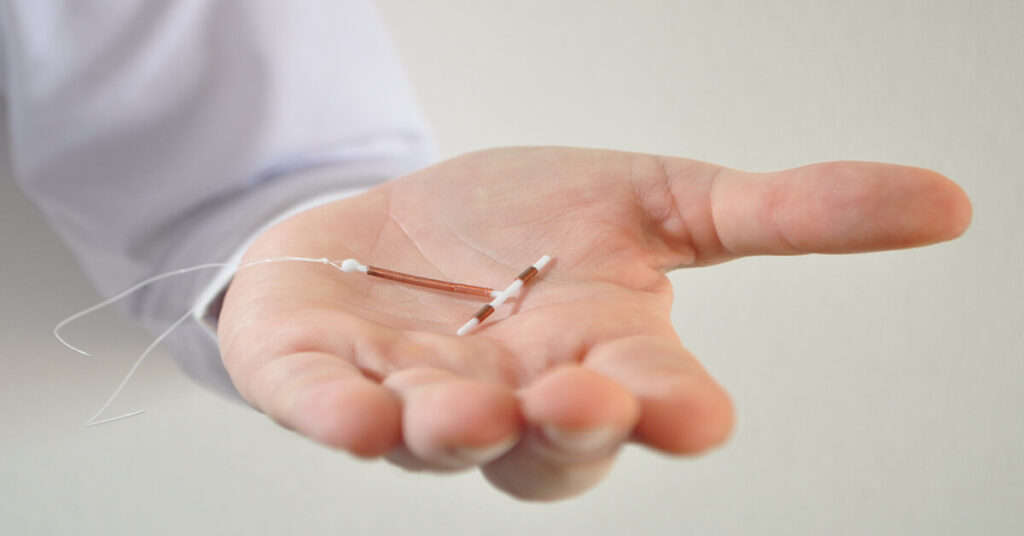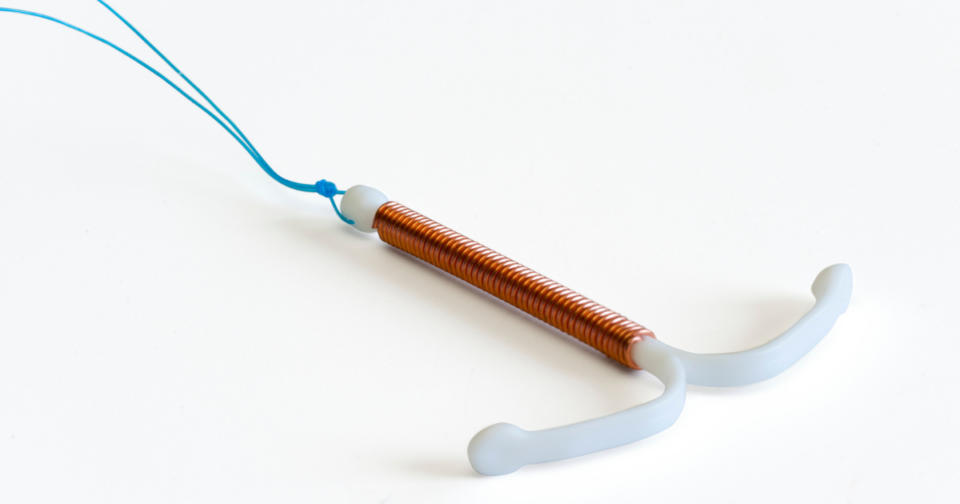The Paragard IUD has been a popular long-term contraceptive option in the United States since its introduction in 1984. Praised for its hormone-free approach, it was deemed a convenient birth control choice for many women.
However, recent years have seen a surge in Paragard lawsuits. Users allege that the device poses unexpected risks during removal. According to Drugwatch, the IUD has the potential to break while being removed, which requires surgery.
In this article, we will dive into the complexities of Paragard IUD lawsuits and the pursuit of compensation.
An Overview of Paragard IUD
Paragard is a hormone-free IUD renowned for its copper-based contraceptive mechanism. It works by inhibiting sperm movement and potentially preventing implantation.
According to Cleveland Clinic, Paragard has a success rate of almost 99%. That indicates that five women out of every 1,000 may become pregnant. This, combined with its long-lasting nature, makes it an appealing choice for those seeking a hassle-free birth control solution.
Paragard Lawsuits: What’s at Stake
Numerous women have filed Paragard lawsuits. Women involved in these lawsuits cite a range of injuries and complications linked to Paragard. This includes infections, infertility, device fragments remaining in the body, and organ perforations.
Injuries and complications stemming from Paragard IUDs breaking upon removal are at the heart of these lawsuits. These claims are part of ongoing multidistrict litigation (MDL) proceedings.
According to ConsumerNotice.org, there are over 2,000 pending lawsuits in the Paragard MDL as of August. This reflects the scale of the issue.
The Regulatory Landscape

Thousands of Paragard device breakages have been reported. However, the manufacturer, Cooper Surgical, and Teva Pharmaceuticals, the owners, continue to assert the device’s safety. The FDA’s role in monitoring and warning about potential risks is being explored.
The FDA is responsible for regulating medical devices such as the Paragard IUD. The FDA’s Adverse Event Reporting System (FAERS) is one significant feature of the regulatory environment. It gathers information on adverse occurrences and product complaints related to medical devices such as Paragard.
Paragard Lawsuit Developments
The progression of Paragard lawsuits has been marked by a series of key developments. According to TorHoerman Law, new lawsuits continue to be added to the MDL, reflecting the ongoing concern. Judge Leigh Martin May outlined the bellwether selection process in February 2024.
According to AboutLawsuits, bellwether cases will play a crucial role in shaping the outcome. They are set to go to trial in 2024 if no out-of-court settlements are reached by then. These cases will provide insights into how the courts view the claims and may influence Paragard IUD lawsuit settlement amounts.
For those affected by Paragard complications, compensation serves as a crucial lifeline. It can cover medical bills, lost wages, and the emotional toll of dealing with the aftermath. However, the amount of compensation can vary widely depending on individual circumstances and legal outcomes.
Previous Paragard Recalls and Warnings
Paragard faced a recall in 2014, not due to device breakage but issues related to sterility during manufacturing. This recall did not result in any reported injuries. The FDA sent a warning letter to Paragard for providing inaccurate or misleading information in Paragard television advertisements.
The 2014 and 2019 warnings hold significant potential to influence current Paragard litigation in favor of the plaintiffs. These events shed light on issues related to manufacturing standards and marketing practices associated with the device. This can bolster the plaintiffs’ arguments that the device’s design and manufacturing processes were not foolproof, potentially contributing to complications.
Potential Repercussions for the Industry

The ongoing Paragard MDL and the debate surrounding the device’s safety have the potential to reshape the contraceptive device industry. The outcomes of the Paragard MDL cases will set a precedent for accountability within the industry. Furthermore, the Paragard MDL’s outcome could establish a legal precedent for future medical device lawsuits.
From regulatory scrutiny to improved safety measures and heightened accountability, these lawsuits may reshape how birth control technologies are regulated. All these changes ultimately aim to prioritize the well-being and informed choices of women seeking effective contraception.
Key Takeaways
The surge in Paragard IUD lawsuits underscores the growing concerns surrounding the device’s safety during removal. Thousands of women are seeking compensation for their injuries and complications.
The ongoing litigation, influenced by past recalls and warnings, could potentially reshape the contraceptive device industry by holding manufacturers accountable.
This legal battle serves as a lifeline for affected individuals while establishing crucial legal precedents for future lawsuits. Ultimately, it highlights the importance of prioritizing the well-being and informed choices of women when it comes to birth control technologies.

